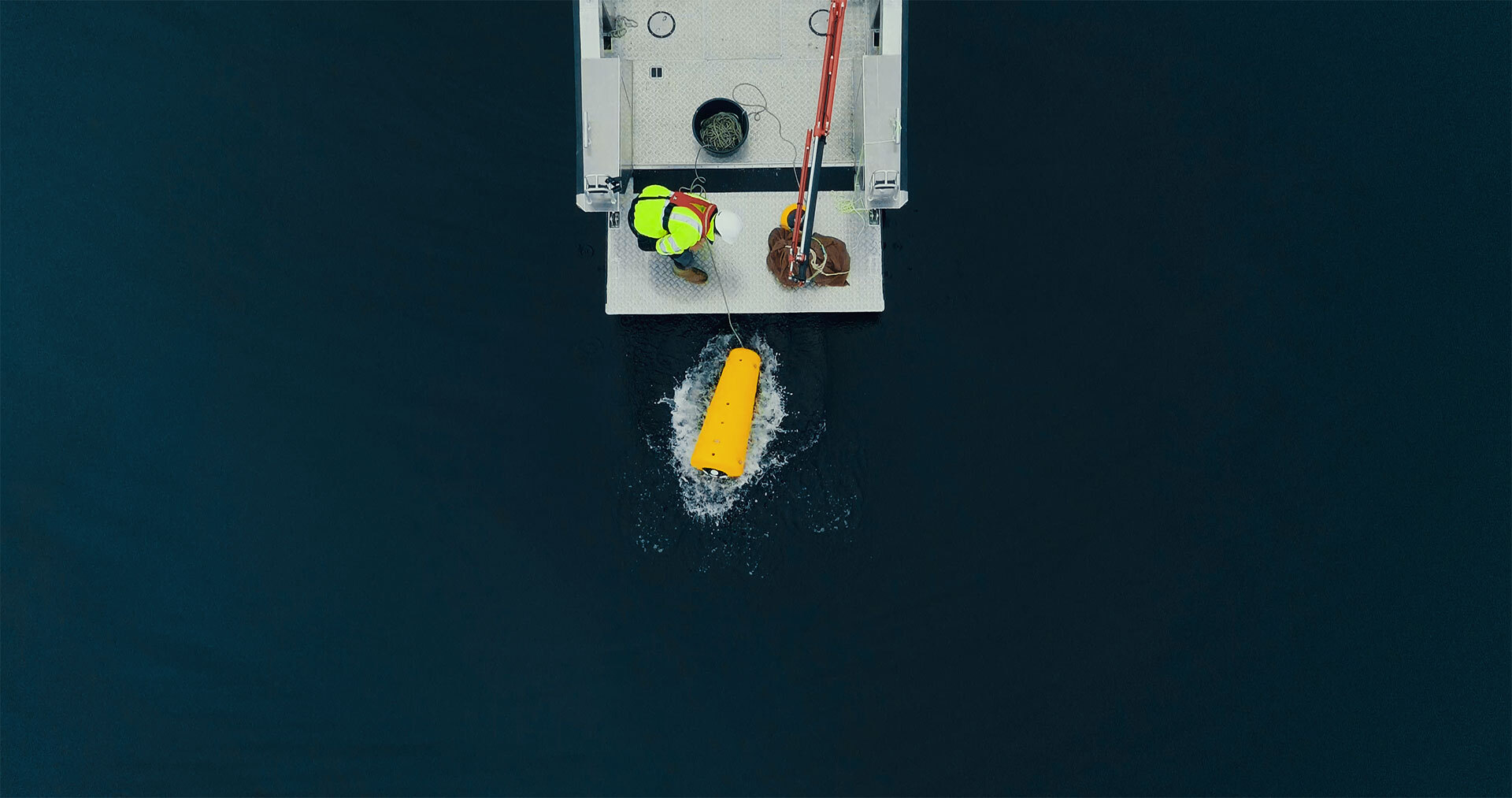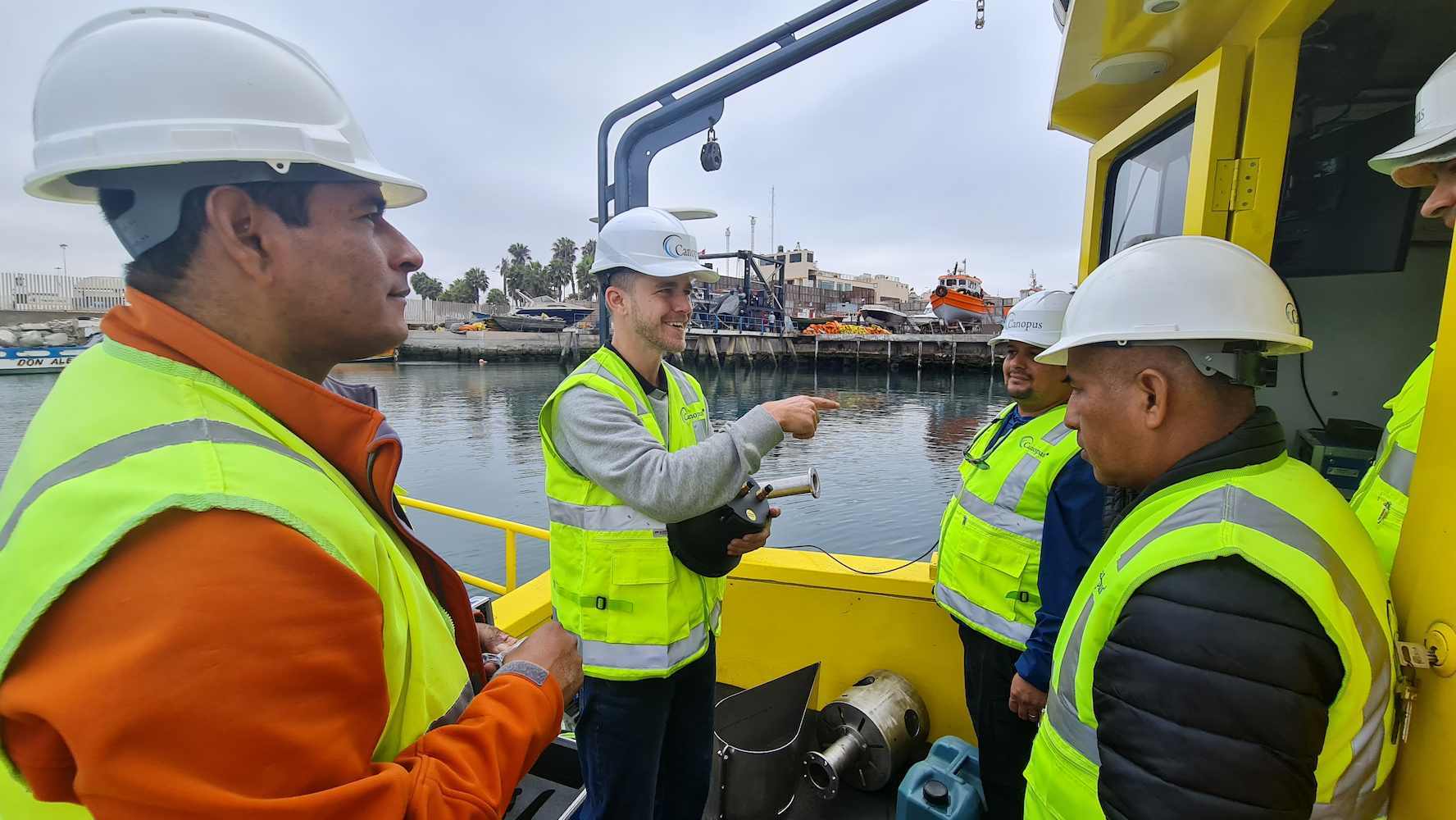
Nortek providing training for vessel-mounted ADCP applications in Peru
Nortek’s simple vessel-mounted current profiling system – VM Coastal – is essential for improved understanding of hydrodynamic conditions in ports. For example, it can help operators monitor dredging activities in ports, and provide data to optimize such operations.
Canopus Marine Group have found that this advanced vessel-mounted ADCP solution helps them to fulfill the needs and demands of an expanding maritime sector in Peru, and positions them as a leading maritime consultancy.
“The growth in port activities in recent years forces us to be constantly innovative and informed about environmental and operational services,” says Andrés Orejas, owner and Executive Director at Canopus Marine Group.
The increase in the capacity of many ships, and consequently the expansion of the shipping terminal’s operations, is pushing port authorities to become more efficient. Simultaneously, public regulatory agencies are requiring the maritime industry to measure and study environmental issues, such as the possible impacts of human activities in the marine and coastal environment.
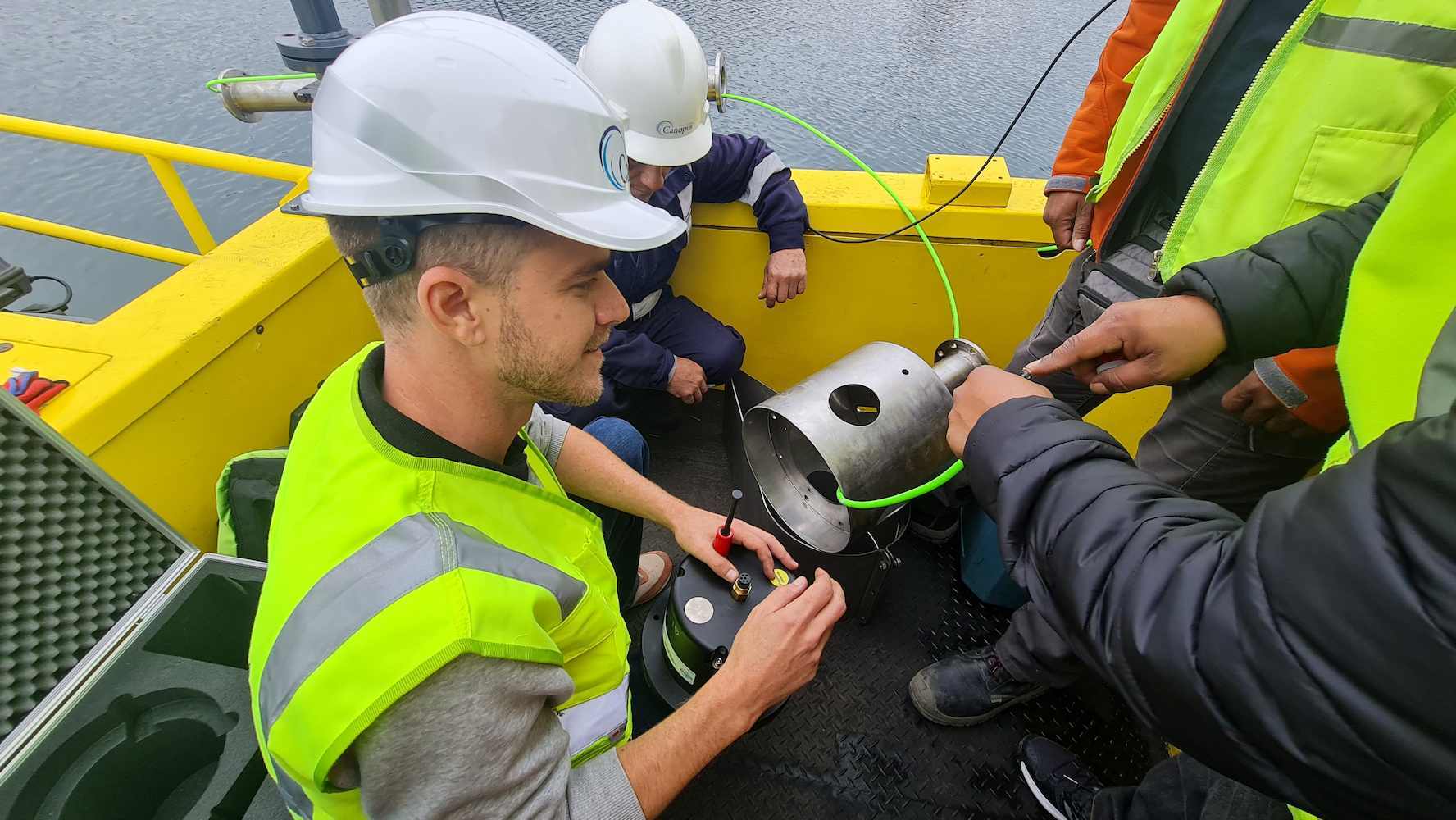
The first step is familiarization with the components of the VM Coastal system and the environment it will be deployed in. Knowing the vessel and the equipment is crucial for a good installation and performance.
Specializing in vessel-mounted ADCPs to meet the needs of the maritime industry
“If you want to fill new gaps in the market, it is important to understand the demand and be prepared for it. New state-of-the-art technologies won’t mean a thing if we are not prepared to use them well,” says Renato Arruk, Sales Engineer at Nortek’s subsidiary in Brazil.
Arruk recently made the trip from Nortek’s office in Florianópolis, Brazil to Canopus’ base in Lima, Peru to provide training on the use of vessel-mounted ADCPs.
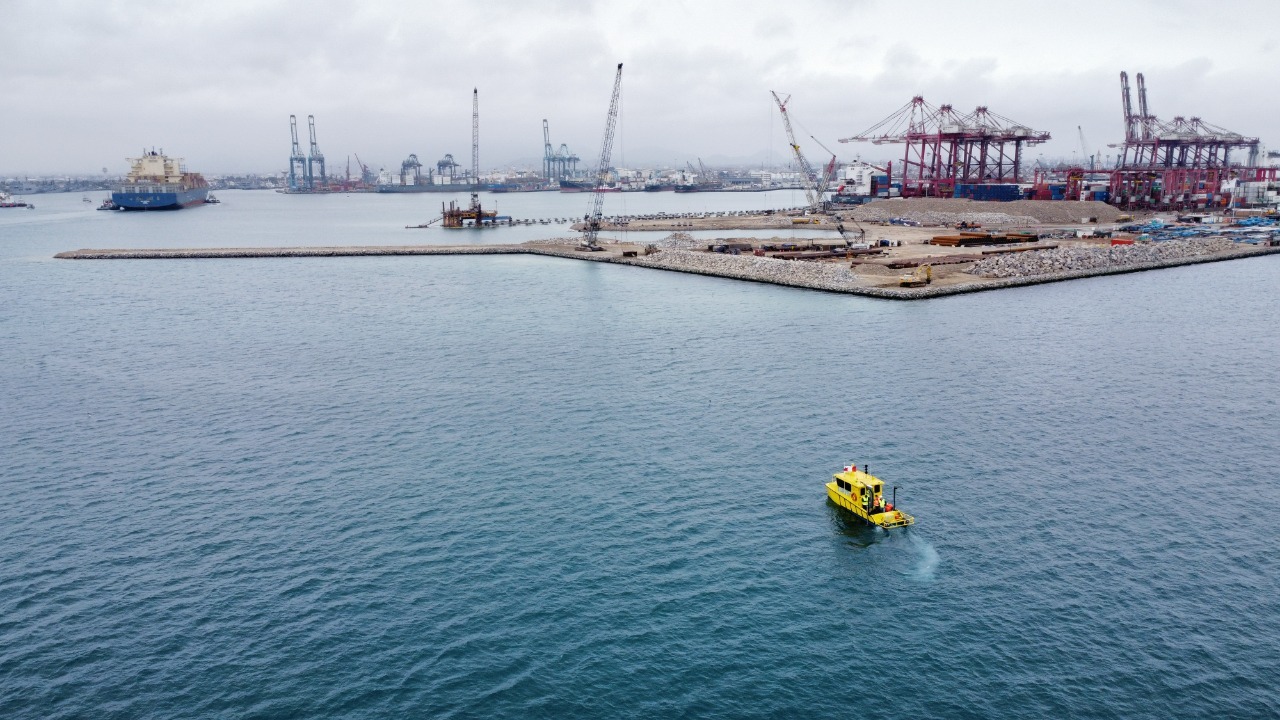
The training took place in Lima’s port of Callao, Peru.
“Our process of continuous learning and specialization here at Canopus aims to provide efficiency, reliability and safety for terminals and engineering companies in their construction and dredging sites,” Andrés Orejas adds. “It is important to point out that, to achieve these goals, our activities must be aligned with the principles of sustainability and respect for the environment.”
Nortek’s training helps users get the most out of advanced oceanographic technology
Nortek’s vessel-mounted system – VM Coastal – has already proven its reliability and great performance in a range of varied ocean conditions. The addition of an echosounder for sediment studies in the water column (for the 1000 kHz and 500 kHz versions) gives the solution a competitive edge.
Andrés Orejas also points out that the decision to work with Nortek wasn’t only due to the value of its brand and products, but also the technical support Nortek are willing to provide.
“Working side by side with Nortek allows us to achieve much higher objectives. Knowing that we will be supported whenever we need it gives us the comfort and confidence we are looking for to move forward with their solution,” Orejas says.
Renzo Llontop, Project Manager at Canopus Marine Group, says that “the versatility of the VM Coastal system was another appealing factor.”
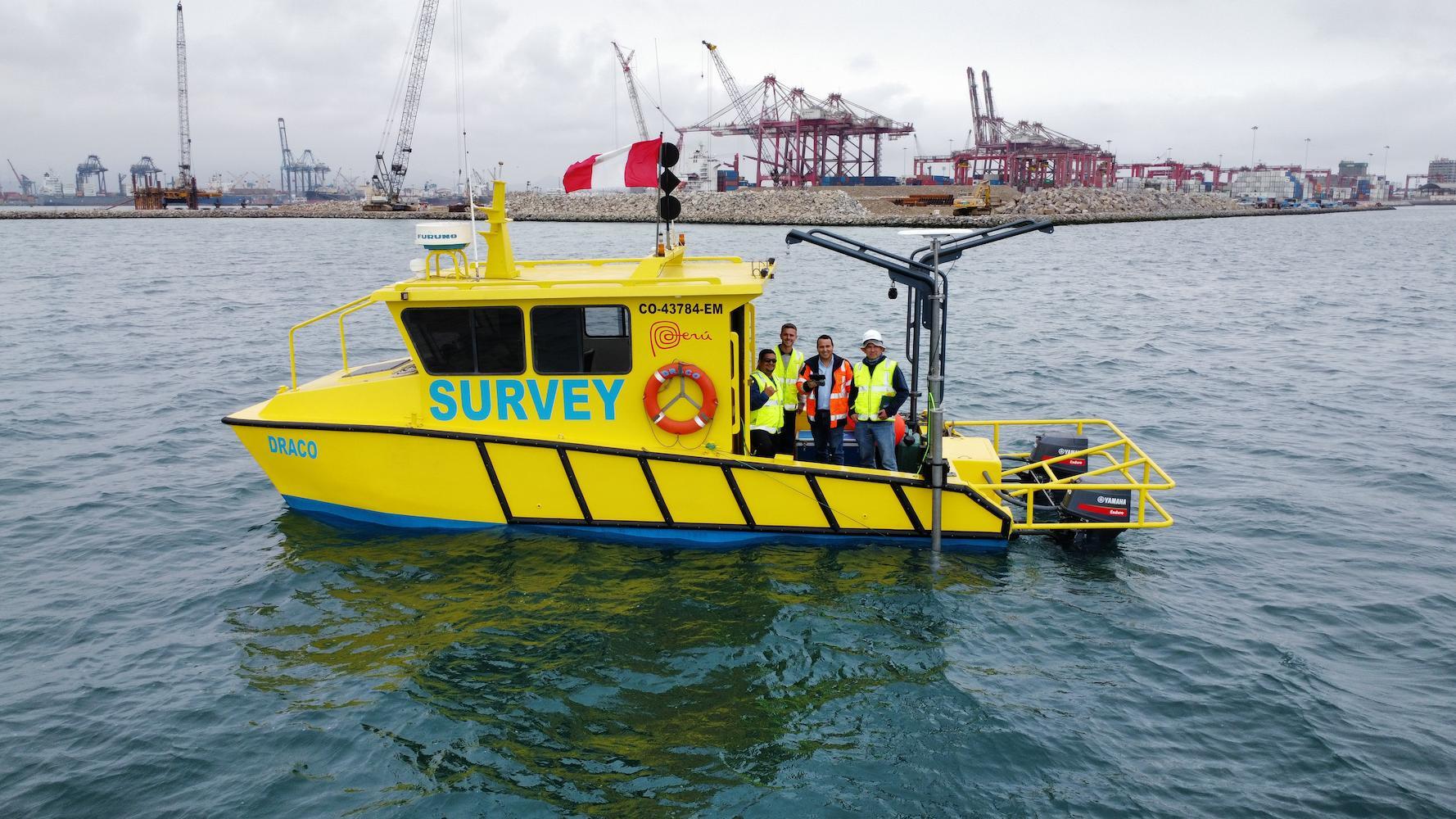
Using the right vessel makes a big difference. Canopus designed its own vessel, Draco, to perform surveys with excellence.
“The system’s capability to work with moored applications, subsurface buoys and vessel-mounted deployment setups helps expand our capacities while maintaining quality,” he adds.
Llontop also noted that the system can be easily fixed in any vessel, and its accessible and easy-to-understand software interface is a plus when considering the needs of new users of this type of acoustic technology.
“Renato Arruk told us that we could fix everything and start using it in less than two hours. It was very good to see that it was true, even though it was our first time using the system,” he says.
Contact Nortek here to find out more about our range of vessel-mounted solutions or read here if you want to learn more about vessel-mounted current measurement or how it can be applied in practise.

TheVM Coastal with a 500 kHz Signature ADCP in a mounting bracket on the side of the boat.
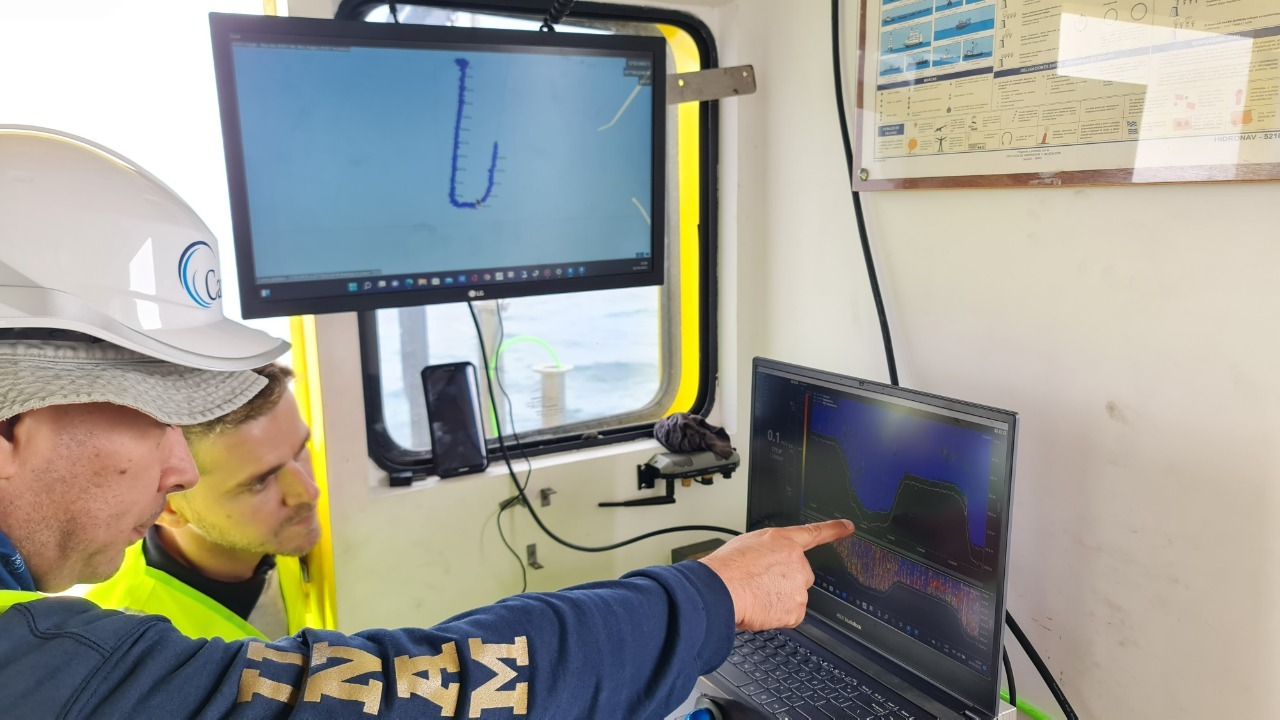
High-quality, real-time data displayed on an easy-to-understand interface.
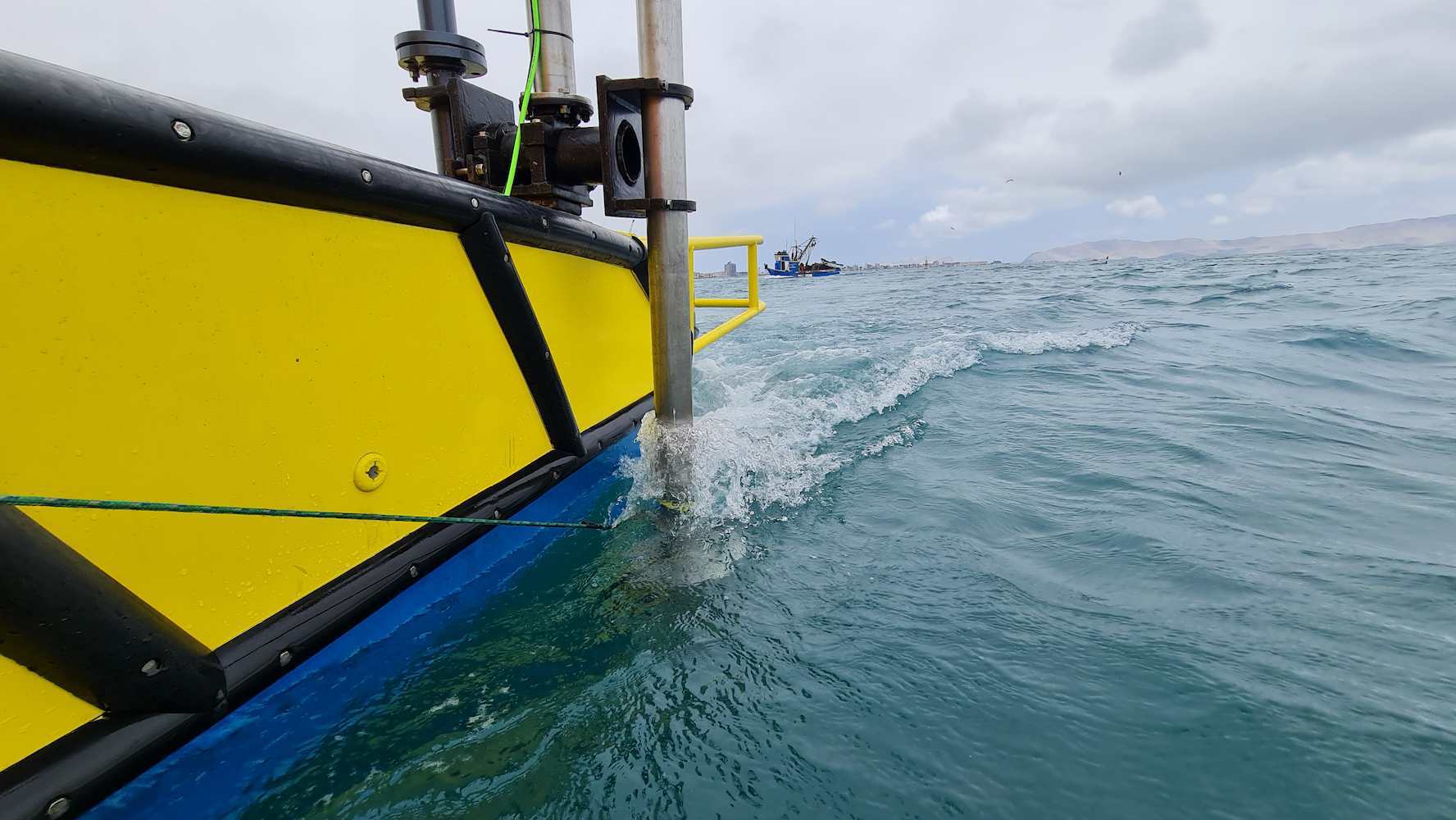
Even when deploying the vessel-mounted ADCP from a great vessel and secure structure, it is important to monitor the navigation velocity to ensure high-quality data collection results.

Before the first deployment in the field, Renato presented key concepts behind the vessel-mounted ADCP system. Four topics were covered: Key principles of ADCPs, an introduction to vessel-mounted ADCPs, system installation and data acquisition, and finally data processing using Signature Review software.
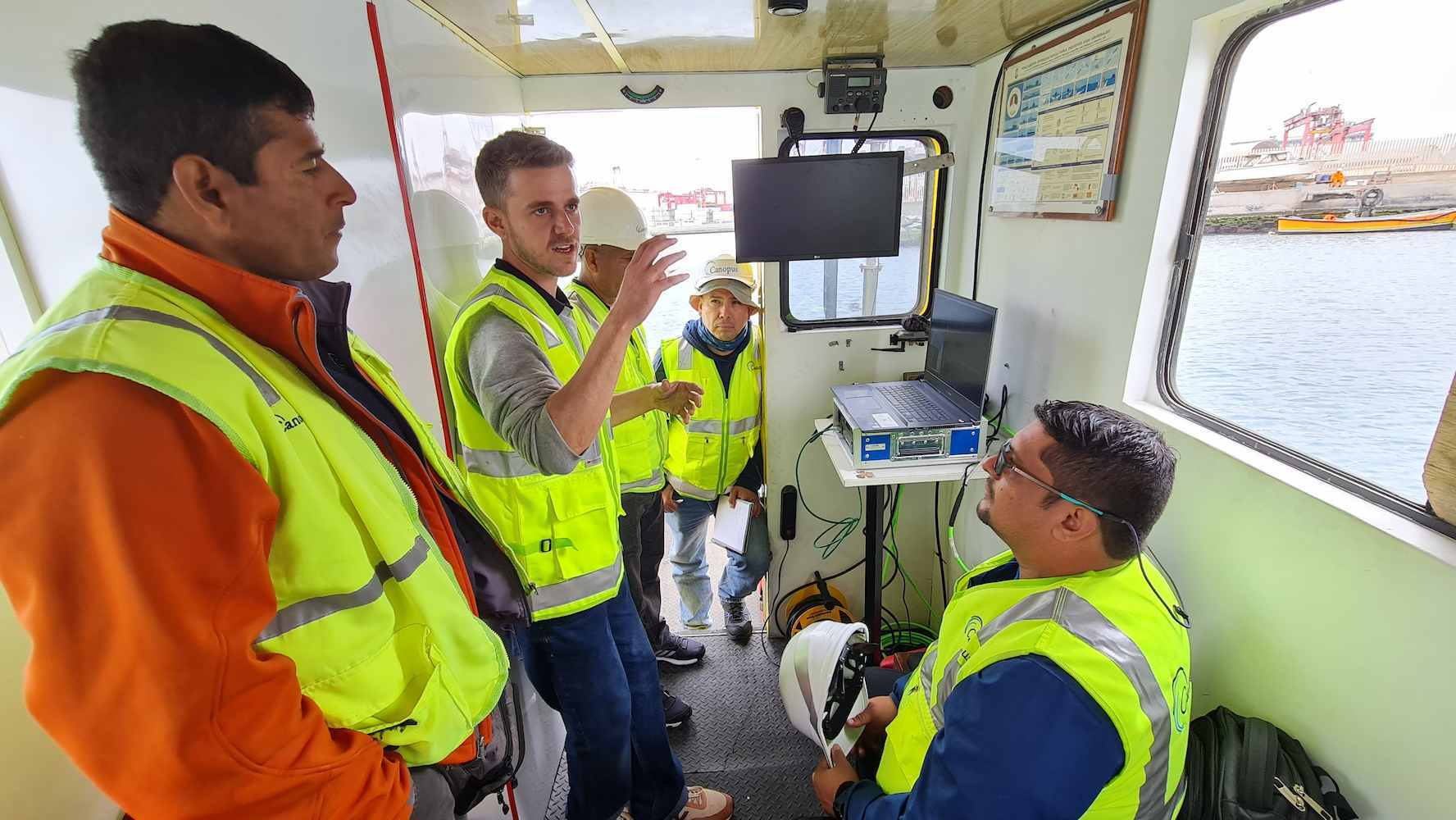
The first step after the installation is to perform a fine primary alignment and configuration of the equipment.
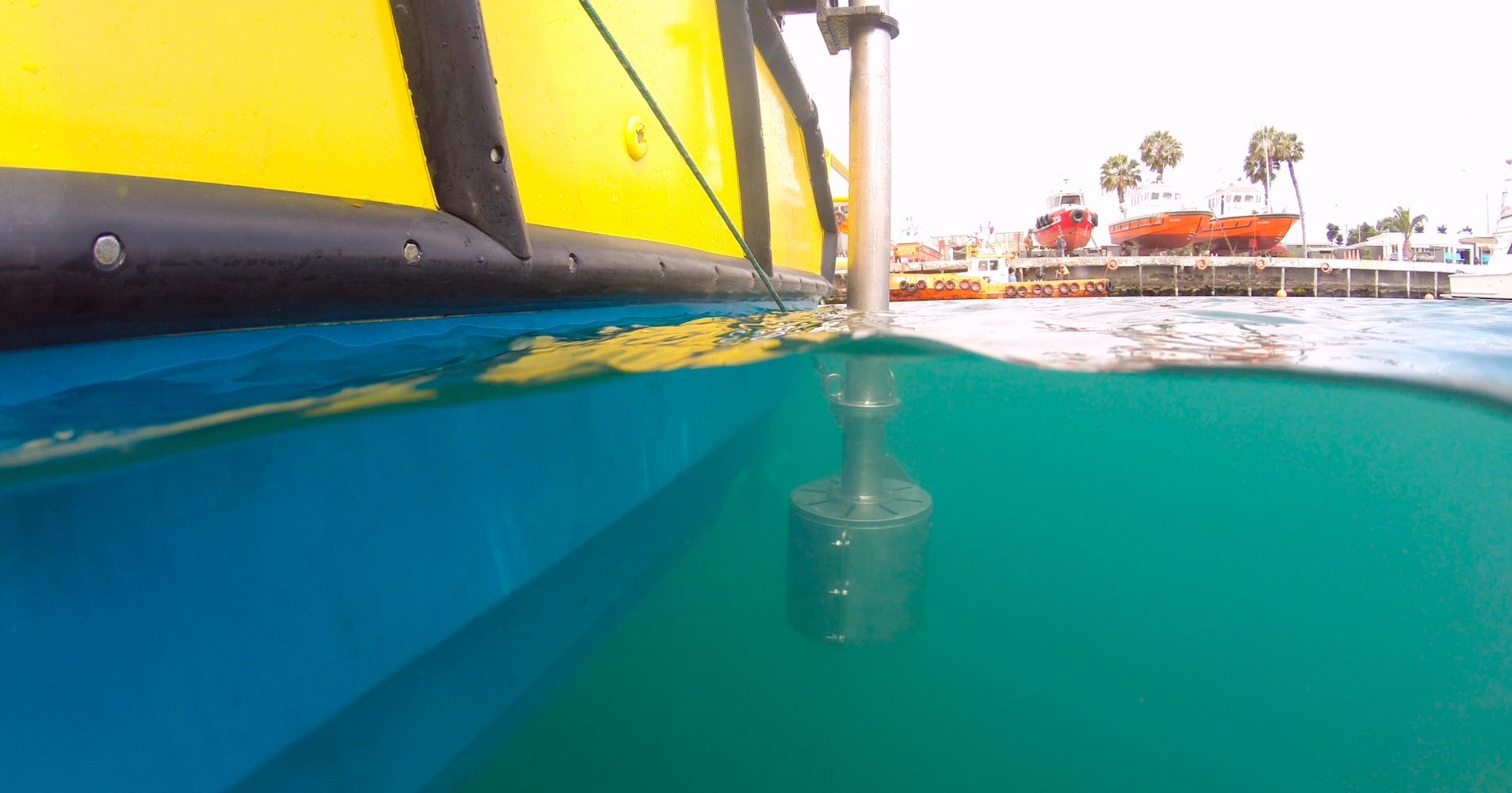
The installation depth is another important factor when deploying a vessel-mounted ADCP, since – depending on the location and depth – it can make a big difference to the data quality.
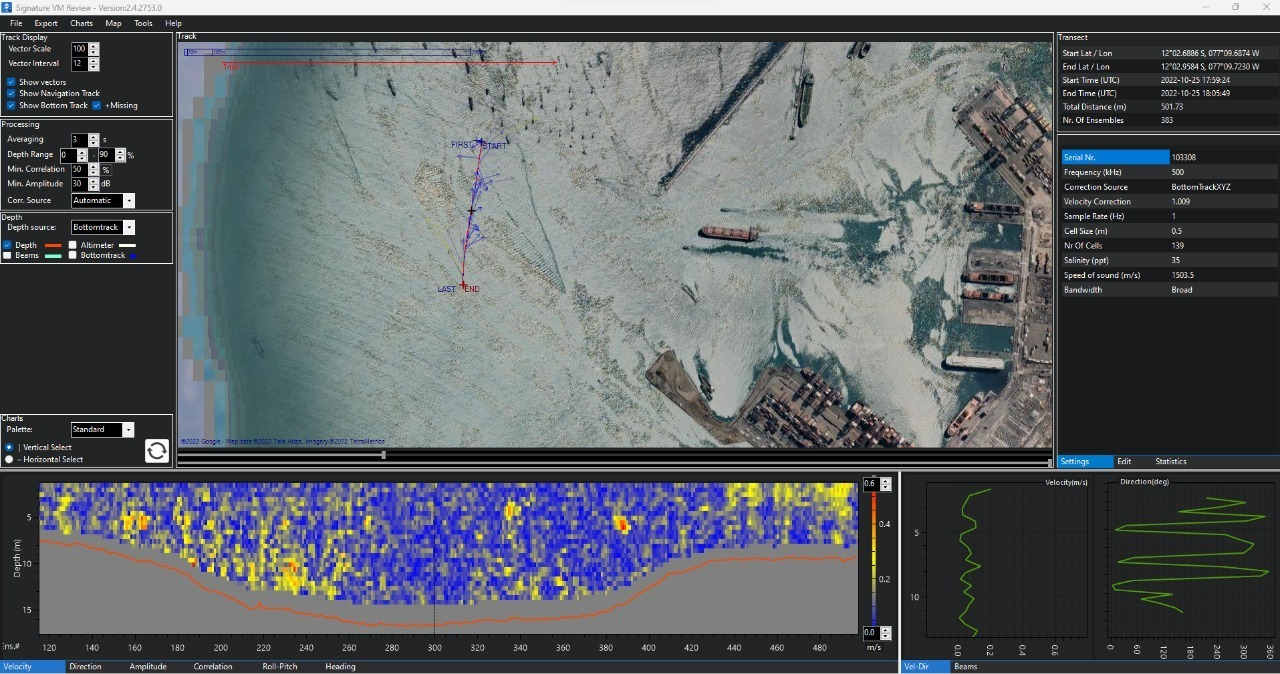
Processed data from the vessel-mounted ADCP, shown in the Signature Review software. Here you can see the low currents in the port’s entrance channel.
